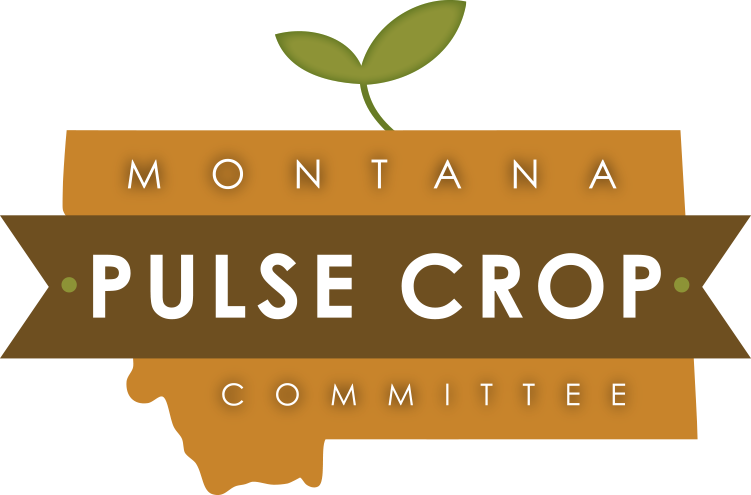Montana Pulse Crops
Chances are you’re already familiar with pulses, even if you didn’t know it! Essentially, pulse crops are any edible seeds from plants that belong to the legume family. Some of the most popular pulses are: chickpeas, lentils, dry peas, and beans.
Learn more at USAPulses.org.
Pulse crops have the ability to improve soil health. As legumes, they can fix nitrogen from the air and store it in the soil, which can reduce the need for nitrogen fertilizers and improve soil fertility over time. Additionally, pulse crops have a deep root system that can help break up soil compaction and improve water infiltration. In Montana specifically, pulse crops are becoming increasingly popular due to their adaptability to dryland farming, which is common in the state.
Using pulses in rotation with other conventional crops can reduce overall greenhouse gas emissions.
The nitrogen fixation properties of pulses increase soil biodiversity and boost the productivity of other crops planted after their harvesting.
Pulses are less susceptible to damage from certain pests and diseases that impact cereal crops.
Using pulses in a planting rotation can allow the soil to recover and decrease issues in the future and reducing the need for pesticides and herbicides.
Pulses are on the move in our state! Not only are these crops delicious and nutritious, they are also economical to raise and well suited to the Montana climate making them a lucrative source of income for farmers across the state.
In 2021, there were 987,500 harvested of acres for pulse crops in Montana – up 5% from 2020.
Valley, the top-ranking Montana county for dry edible peas, saw production increase by 118% from 2018 to 2019.
There were only around 11,000 combined acres of lentils, chickpeas and dry peas grown in Montana during 1998. Fast forward to 2021, there were 1,275,000 acres planted.
https://www.nass.usda.gov/Statistics_by_State/ Montana/Publications/Charts_and_Graphs/ 2021-MT-Pulse-info.pdf

The Montana Pulse Crop Committee was created by and for our state’s pulse crop producers with funding by the Montana check-off for dry peas, lentils, and chickpeas. The committee oversees the Pulse Crop Market Development Program administered by the Montana Department of Agriculture. We invite proposals to fund research and market development projects that address our state’s pulse industry needs and opportunities.
Executive Director
Vice Chair Eastern District
“Invest in and deliver support for marketing, research, education, and policy development programming that improves return on investment for the pulse producers of Montana.”

Copyright 2023 Montana Pulse Crop Committee | All Rights Reserved | Website by Snowy Mountain Marketing